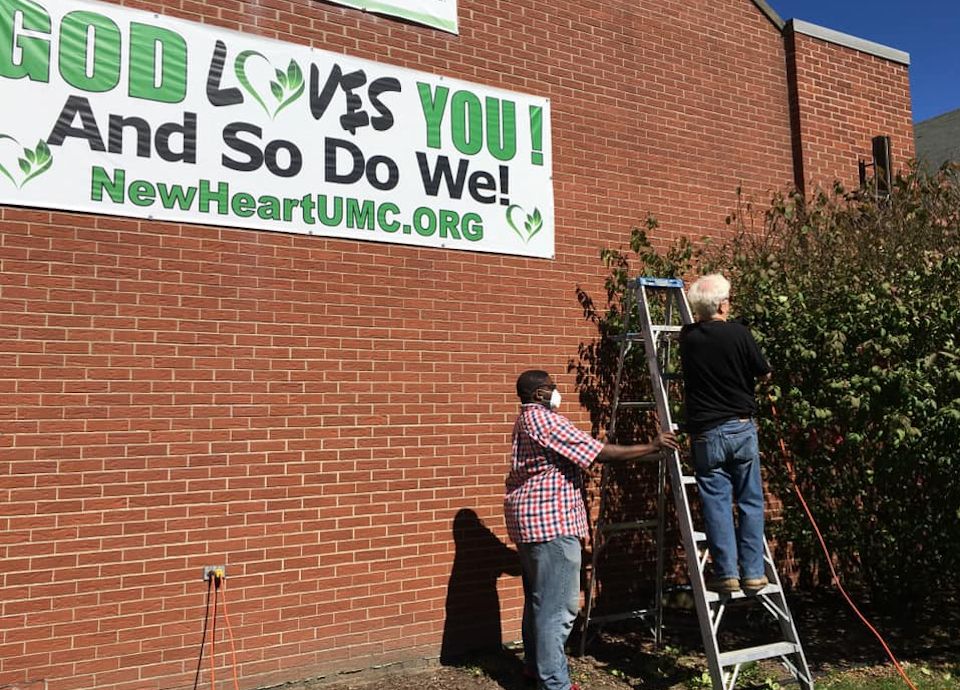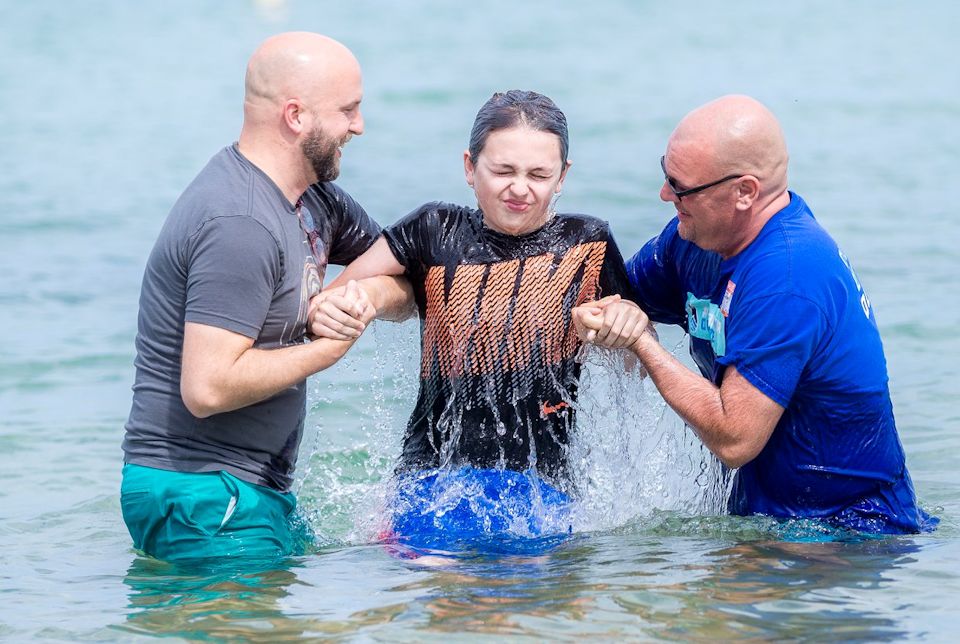The Boards of Mission in the districts of The Michigan Conference are supporting new ministry initiatives thanks to actions taken by the 2018 Annual Conference. Superintendents’ Dowry Reports have details.
KAY DEMOSS
Senior Content Editor
The Year of Jubilee. That’s a concept described in the Book of Numbers. In short, the 50th year was marked as a time to release people from debt, restore property, and start everyone off with a clean slate.
It was perhaps no coincidence that the 2018 Annual Conference celebrated the 50th Anniversary of The United Methodist Church while passing legislation that approved a season of jubilee for the nine new districts of The Michigan Conference.
Two years ago, the Legal and Financial Task Force of the Design Team reported four findings and made several recommendations. The Annual Conference passed a resolution that each new district organizes a District Board of Missions. “Financial sharing” was also approved “to fairly fund the new District Boards of Mission.” Implementation was to happen through church allocations and “start-up generosity to new districts with lesser assets in order to achieve a minimum District Board of Missions fund of $250,000.”
The approval of that measure planted the seeds of jubilee that have now begun to sprout. Superintendents have made the first annual reports of grants made in 2019. These monies have been called “dowry funds” by the Conference Board of Trustees.
The Rev. Dr. Jerome DeVine, a member of the Design Team and now superintendent of the Mid-Michigan District, served as the compiler of these 2019 reports. He offers some back story. “When we began to move to create the nine new districts, we wanted to move away from a silo model toward partnership. We aimed to create a jubilee year where there was a chance for everyone to start fresh.”
Part of the landscape of “starting fresh” involved differences in how the districts of the West Michigan and Detroit conference were financed. DeVine explains, “Most districts in the Detroit Conference had separately incorporated bodies that gathered and retained funds. In West Michigan, the Conference Treasurer managed district finances, and there were little or no set-aside funds.”
The “dowry” approach offered consistency and support for innovative local initiatives. But where did the dollars come from to launch it? DeVine says that’s where the concept of jubilee came into focus. “Districts with pockets of money were asked to share so that everyone had something to start with. That generosity created equity across the new nine districts.” Reserves also added to the dowry funds. “As able, districts gave so that others would have,” DeVine reports.
The vision of the Michigan Conference states: The Michigan Conference equips and connects through Christ-centered Mission & Ministry, Bold & Effective Leaders, and Vibrant Congregations. And there’s this note: This vision will help to inform strategies, align resources, make decisions, evaluate ministry, and shape what we are known for across the state. The annual reports of dowry grants are understood in that context; they are made to move that vision forward.
During the Corporate Session of the 2020 Virtual Michigan Annual Conference, Jim LeBaron said, “I use the term dowry. If you step back, each one of the nine incorporated districts was given the opportunity to have a minimum of $250,000 each to utilize their Board of Missions and apply those monies in missional support and extended grants.” The Chair of the Conference Trustees went on to note, “I looked at this as the most positive aspect of this Corporate Session, but time does not allow a report this year.” LeBaron encouraged persons to watch for highlights in MIconnect and formal reports in the 2020 Conference Journal. “Please take a look at what is going on in connectional activities,” he urged. “It is really good news.”
This is the first of several reports of how dowry monies were invested in ministry and mission that the first year in. These are a few highlights of ministries made possible by this jubilee effort, gleaned from district superintendents’ reports.

The two largest grants of $50,000 each went to Mosaic Church, a new church start in Traverse City, and New Heart UMC in Saginaw (formerly Saginaw: West Michigan Avenue).
Grants for Christ-centered Mission and Ministry: South Flint Soup Kitchen; Port Huron Free Store and Ministry Center; Nehemiah Project roofing homes in Flint; Liberia Pastors’ Support; Campus Ministry Support in Flint; Welcome Wednesday Program, Battle Creek 1st UMC; Spring Break Mission Trip, Kalamazoo Wesley; Social Justice Training Event; Justice For Our Neighbors (Kalamazoo and Grand Rapids); Costa Rica Service Project, Kalamazoo 1st UMC; Food Pantry Kalamazoo: Milwood UMC; Mid-Michigan Regional Personal Needs Pantry; Native American Elders Program in Grand Rapids
Grants for Vibrant Congregations: Gladwin 1st UMC Bus Ministry; Dinner Church community program, Arenac: Christ UMC; Summer program for youth, West Branch 1st UMC; Grief Support Group, Lifespring UMC; Video and Sound Systems for several churches; support for culturally diverse churches (La Nueva Esperanza, Salem/Bradley Indian Mission, and Grand Rapids Vietnamese UMC)
Grants for Bold & Effective Leadership: Salary support and pulpit supply; Family Clergy Camp; Young Adult Discipleship Development MSU Wesley
Good stewardship of the dowry funding will keep the momentum going. “There remains a difference in capacity among the districts,” DeVine observes. “But we hope for sustainability.” He reports that another legislative action passed in 2018 will help keep money flowing into the District Boards of Mission. “Since that action two years ago, when a church closes, 50% of the net proceeds of a sale, after all responsibilities and obligations are met, go into that district’s Board of Mission fund. The other 50% goes to the Congregational Vibrancy Fund of the Michigan Conference.” DeVine adds, “When we sell a building, we now invest in the growth of the conference and district.”
The 2018 Michigan Annual Conference planted seeds. “This is the first fruit,” DeVine concludes.
Feature stories with additional details of ministry and mission enabled by dowry funding are forthcoming.
Last Updated on October 31, 2023

